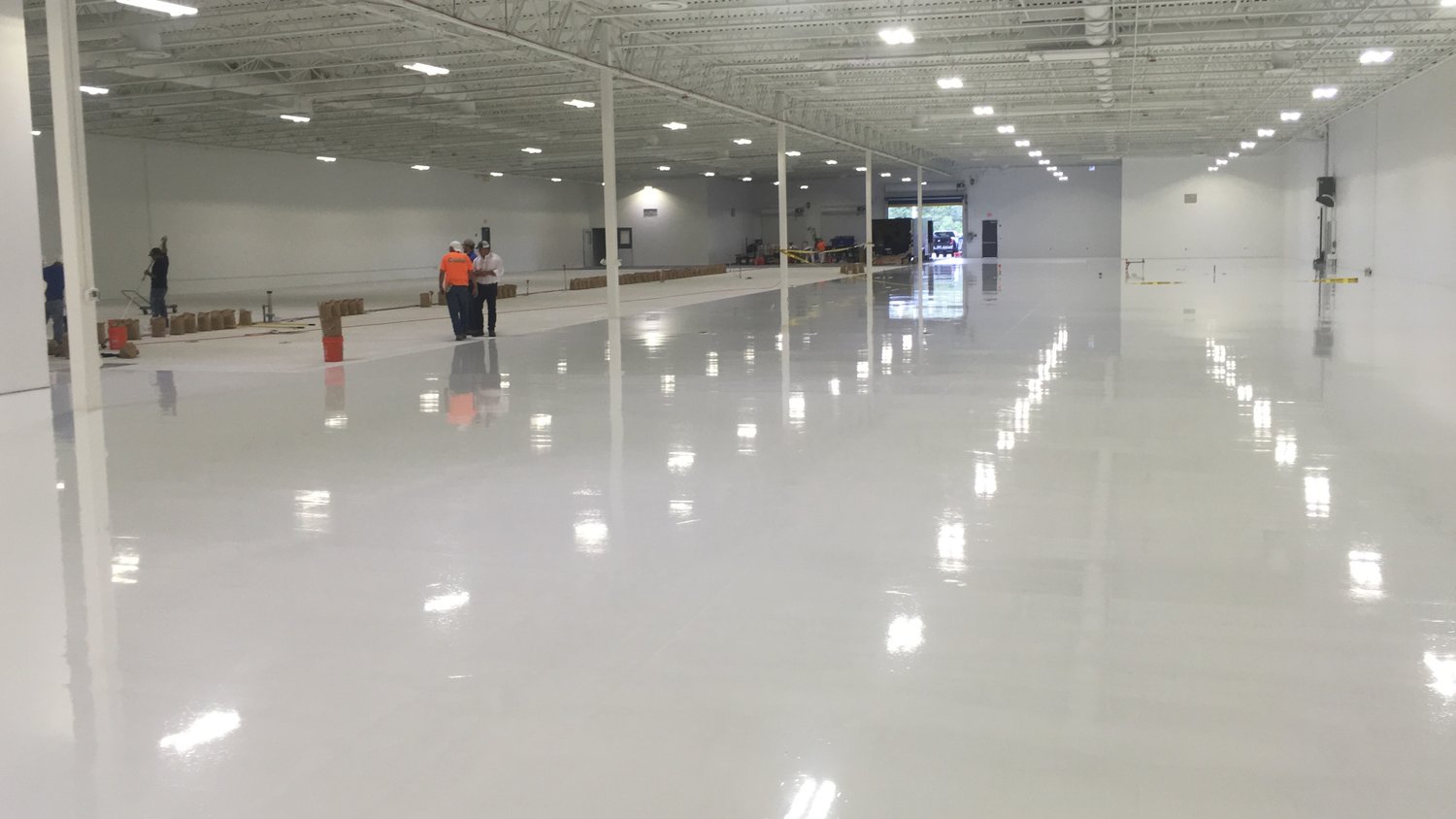
Image Source: Google
Antistatic floors are a crucial component in many industries where static electricity can cause damage to sensitive equipment or pose a risk to workers. These specially designed floors help to dissipate static electricity and maintain a safe working environment. In this article, we will explore the best antistatic floors ( also known as พื้นป้องกันไฟฟ้าสถิตย์ที่ดีที่สุด in Thai language) and how they work to prevent static electricity buildup.
What is Static Electricity?
Before diving into the mechanics of antistatic floors, it’s important to understand the basics of static electricity. Static electricity is the imbalance of electric charges within or on the surface of a material. This imbalance of charges can result in the accumulation of static electricity, which can be discharged as an electric spark.
Causes of Static Electricity
- Friction: When two materials come into contact and then separate, electrons can be transferred from one material to the other, creating a static charge.
- Pressure: The application of pressure on certain materials can also cause the buildup of static electricity.
- Separation: When two materials are separated, one material may retain more electrons, leading to a static charge.
Effects of Static Electricity
- Risk of electric shock
- Damage to electronic components
- Fire hazard in combustible environments
- Disruption of sensitive equipment
How Antistatic Floors Work
Antistatic floors are designed to prevent the buildup of static electricity by providing a conductive pathway for the charge to dissipate harmlessly. These floors typically consist of materials that can conduct electricity, allowing any static charges to flow through the floor and into the ground.
Materials Used in Antistatic Floors
- Carbon fibers
- Metallic particles
- Conductive resins
- Copper strips
Key Features of Antistatic Floors
- Low electrical resistance
- Conductive properties
- Grounding capabilities
- Dissipation of static charges
Benefits of Antistatic Floors
Antistatic floors offer a range of benefits for industries where static electricity control is essential. Some of the key advantages of using antistatic floors include:
Prevention of Damage
- Protection of sensitive electrical components
- Reduction of equipment failures
- Minimization of downtime due to static-related issues
Enhanced Safety
- Reduction of electric shock hazards
- Improved worker safety in static-sensitive environments
- Decreased risk of fire in combustible settings
Compliance with Industry Standards
- Meeting regulatory requirements for electrostatic discharge (ESD) control
- Ensuring a safe working environment for employees
Applications of Antistatic Floors
Antistatic floors are used in a variety of industries where static electricity control is critical. Some common applications include:
Clean Rooms
- Electronics manufacturing
- Pharmaceutical production
- Biotechnology research
Data Centers
- Server rooms
- Network operation centers
- Telecommunication facilities
Hospitals
- Surgical suites
- Diagnostic imaging areas
- Laboratories
Conclusion
Antistatic floors play a crucial role in preventing the buildup of static electricity in various industries, helping to protect sensitive equipment and ensure a safe working environment. By understanding the science behind antistatic floors and how they work, companies can implement effective static control measures and comply with industry standards for electrostatic discharge prevention.